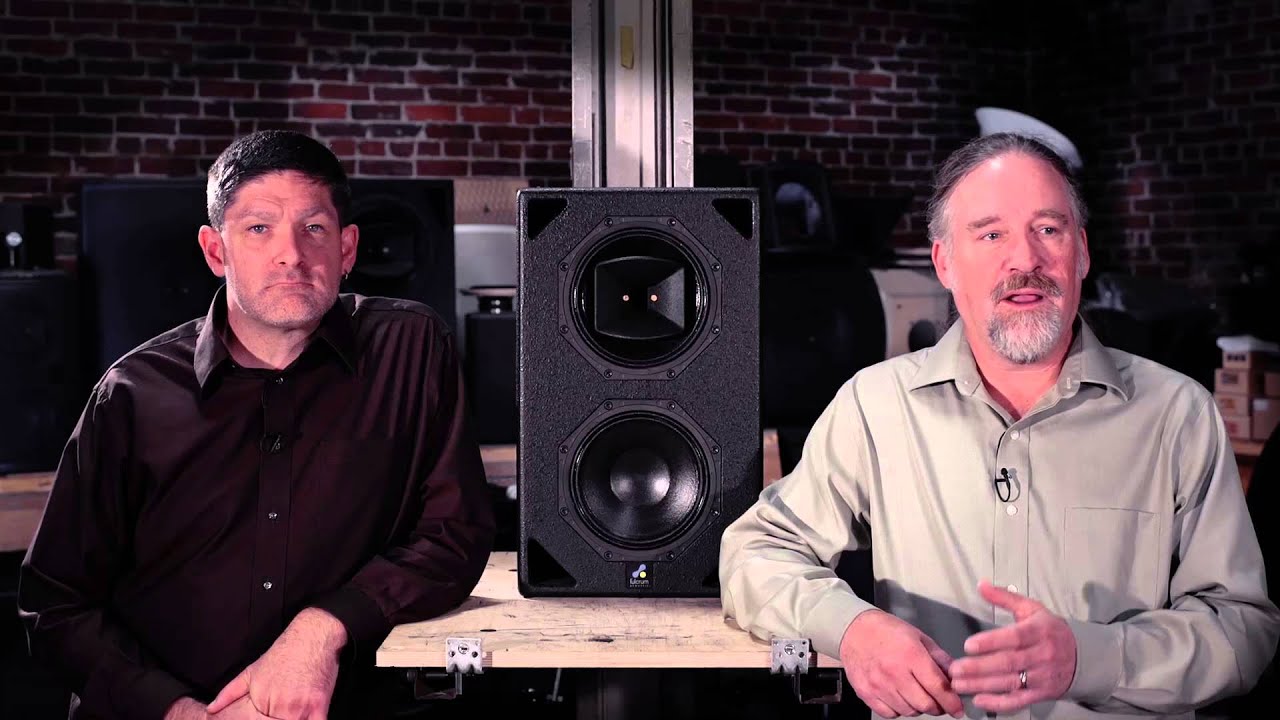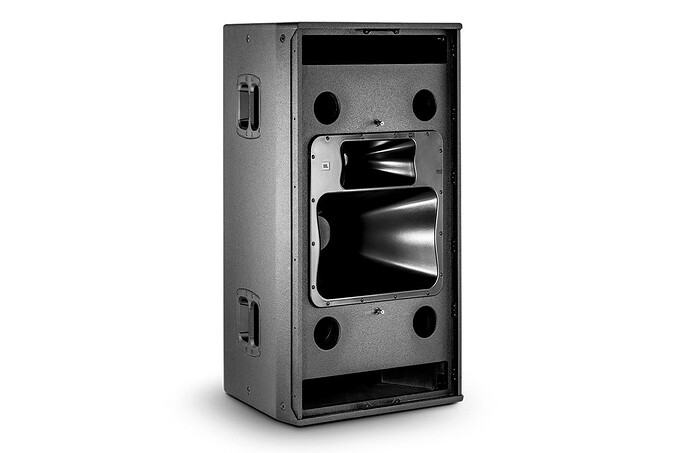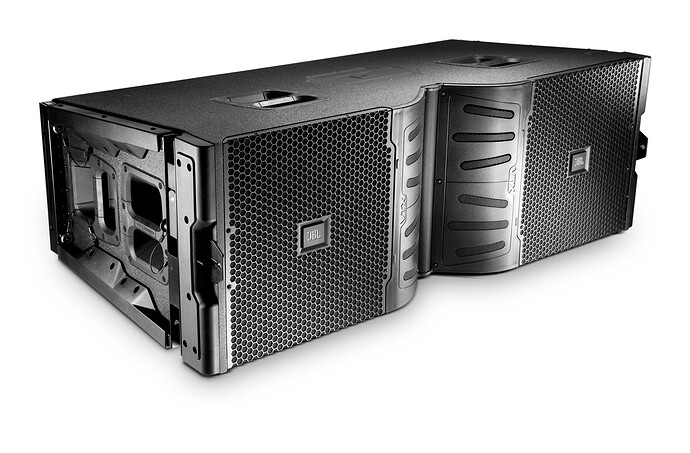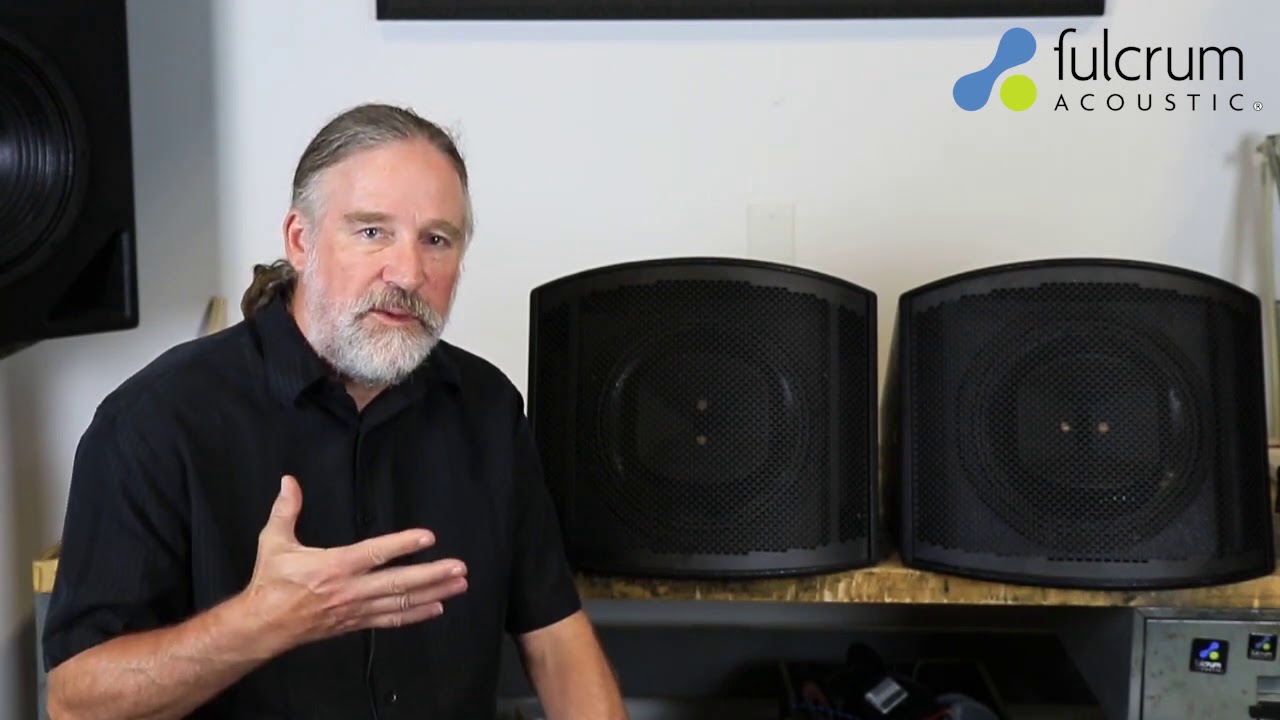i doubt the diffraction between Genelec and Neumann is very different, i mean overall cabinet shape is fairly similar.
i was wondering what all that SAM ( Smart Active Monitor ) was about.
To be able to measure the actual speaker in the actual environment and then download the calibration to the speaker’s internal DSP is a big deal IMO.
not only is every room different but every driver and speaker is also different due to manufacturing tolerances. i don’t know if Neumann calibrates every speaker’s DSP individually or not but without such calibration every speaker would measure differently.
and what do you care if some other unit measured flat in some other room ? you want YOUR unit to measure flat in YOUR room.
A DSP that isn’t user tunable really doesn’t offer much advantage over a good analog crossover on the other hand. I don’t know what that Neumann offers but if it’s just the basic tone controls like +/- 3db boost or cut here and there then it’s the same thing that analog monitors like my Mackies always offered.
In fact my pops had passive speakers back in Kiev that had those adjustments, so this is legacy stuff.
using DSP as simply a more expensive substitute for analog circuits is not that smart. yes i understand FIR can do stuff analog can’t but i’m not sure if it is audible. on other hand room EQ is definitely going to be audible.
but again, as i said, if you want to be able to EQ a null at around 100 hz or so you will need a powerful speaker. these tiny speakers are already working hard even before any bass boost. and if you later move to another room that has a deeper null you can’t digitally increase the size and power of a speaker. on other hand if you get something like VTX F35 you have the power and you can always re-tune the DSP later … of course that’s another extreme. it would have been nice to have something in-between as an option.
the other advantage of Genelecs is the coaxial design, which means your FR is more consistent vertically …
the typical crossover at about 2 khz is right in the middle of everything - it is a very important frequency range. i suppose DSP filters can have very steep slopes and minimize the damage there, but coaxial could all but eliminate it.
in fact with a coaxial DSP design you can even overlap the response of the tweeter and midrange in order to shape the off-axis response ! in other words if the directivity doesn’t exactly match you could hand over gradually from one to the other and eliminate a sharp step in off-axis response. not sure it would be useful in practice but the combination of coaxial and DSP does offer possibities.
here is David Gunness of Fulcrum Acoustic talking about “temporal equalization” which is really his brand name for using FIR DSP in conjunction with Coaxial Drivers:
there are also parts 2 and 3 of this video series you can find on the same YouTube page.
coaxial drivers may not have on-axis response that is as smooth but that can be EQd whereas spatial response can’t be.
there have to be places you can check these Genelecs out.
B&H has Genelecs “on display” in store, but even though i been there many times i never tried to listen to speakers there, so i don’t know how it works - you can call them and ask.






